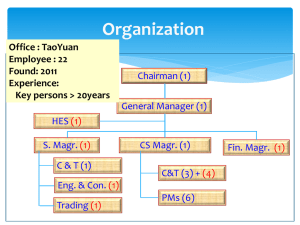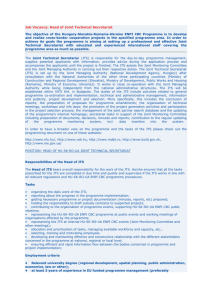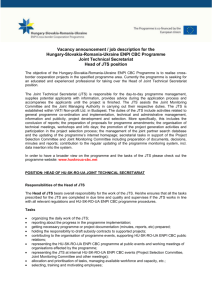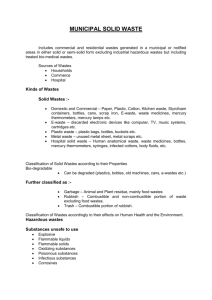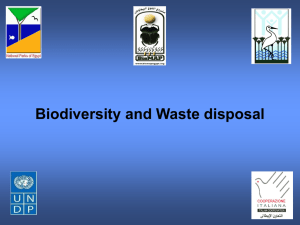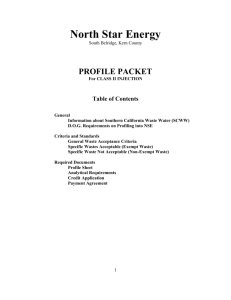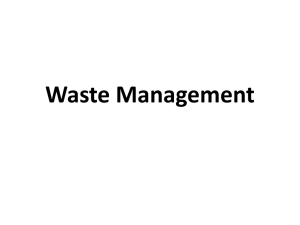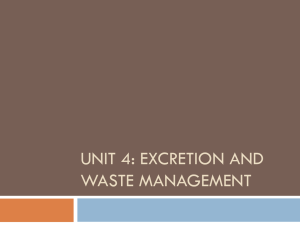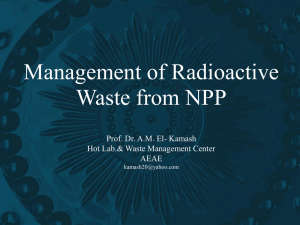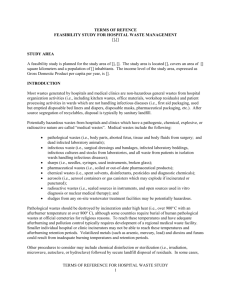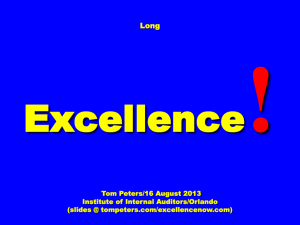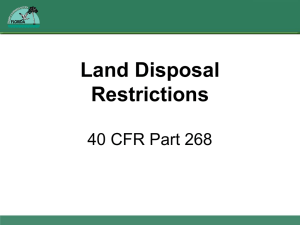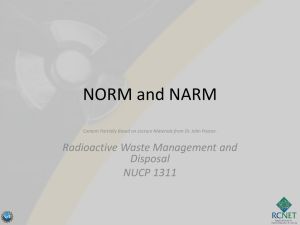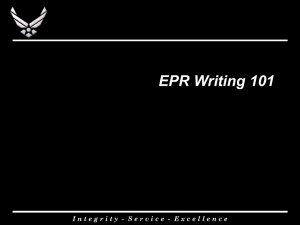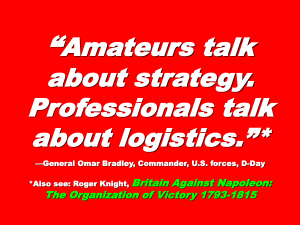“8 Wastes” Discussion
advertisement
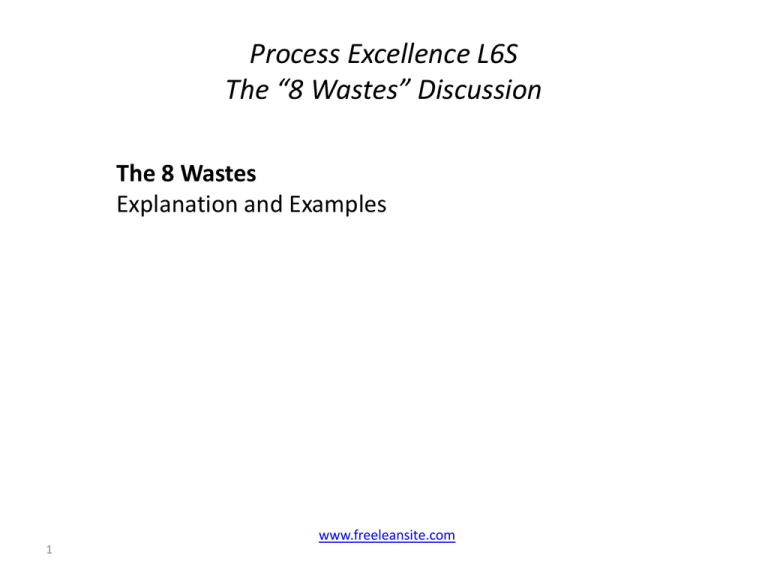
Process Excellence L6S The “8 Wastes” Discussion The 8 Wastes Explanation and Examples www.freeleansite.com 1 Process Excellence L6S The “8 Wastes” Discussion Preface: Understanding the 8 wastes is the foundation of thinking lean. Without this detailed comprehension, you will not be able to see the wastes being generated in your business, and without seeing the wastes, they can’t be eliminated. 2 Process Excellence L6S The “8 Wastes” Discussion A “Lean” or “Lean Thinking” definition is: “A systematic approach to identifying and eliminating the Eight Wastes (which are considered non – [customer] value adding activities) through continuous improvement initiatives by flowing the product at the 100% pull of the customer”. What are the Eight Wastes? 3 Process Excellence L6S The “8 Wastes” Discussion Waiting: Description: There is a stoppage in the item / work within the process. Manufacturing samples: Instrument stoppage, bottlenecked tasks, apparatus substitution Office and Service examples: System interruptions, system reaction intervals, authorizations, data from supply partners / clients 4 Process Excellence L6S The “8 Wastes” Discussion Defects: Meaning: Every type of scrap, faults, mistakes or rectification caused by improper completion of initial work. Manufacturing Instances: Construction of flawed pieces, leftovers, or excess. Service / Office samples: Information input inaccuracies, scheme mistakes, work modification orders, and bill miscalculations. 5 Process Excellence L6S The “8 Wastes” Discussion Unneeded Processing: Explanation: Wasting time on steps that are not required. Manufacturing samples: Incorporating superfluous phases to develop the parts, ineffective handling because of inadequate implements, and product design. Service / Office illustrations: Re-entering information, unneeded reproductions, needless, or unwarranted reports. 6 Process Excellence L6S The “8 Wastes” Discussion Inventory: Meaning: All items that are in surplus, all methods of batch processing. Manufacturing beyond what client / customer requires. Manufacturing samples: All extra inventory, group handling. Service / Office instances: Office materials, marketing brochures, batch processing transactions. 7 Process Excellence L6S The “8 Wastes” Discussion Excessive Motion: Description: Movement of individuals. Manufacturing illustrations: Reaching for, searching for, or piling parts, tools, etc. Service / Office examples: Traveling to/from photocopier, central filing, fax machine, or other offices. 8 Process Excellence L6S The “8 Wastes” Discussion Transportation: Explanation: Shifting of work or correspondence from one phase to the next phase in the procedure. Manufacturing samples: Transfer supplies, pieces, or completed merchandise into and out of storage. Service / Office instances: Shifting of information or paperwork from location to location, room to room, or folder to folder. 9 Process Excellence L6S The “8 Wastes” Discussion Overproduction: Description: Creating extra, earlier, or quicker than is needed by the subsequent individual. Manufacturing examples: Parts / Merchandise piling up at a sluggish downstream pace. Service / Office instances: Laser printing correspondence earlier than it is actually required, buying pieces earlier than they are wanted, providing paperwork earlier than required by the subsequent individual. 10 Process Excellence L6S The “8 Wastes” Discussion Underutilized Employees: Explanation: Workers' inventiveness, concepts, and aptitudes are not entirely employed. Manufacturing instances: Overlooking concepts, talents, and enhancements by not paying attention to personnel. Service / Office examples: Restricted worker power and accountability for rudimentary jobs, management command and control. 11 Process Excellence L6S The “8 Wastes” Discussion Recognize your operation in these 8 wastes? In some organizations, as much as 40% of the production effort is spent on these wasteful activities. How much of your time do you spend fighting the fires, expediting parts, or other activities which do not help reduce the waste in your operation? Employees, managers, executives, and corporate investors will all succeed when the 8 Wastes are identified and removed. 12
